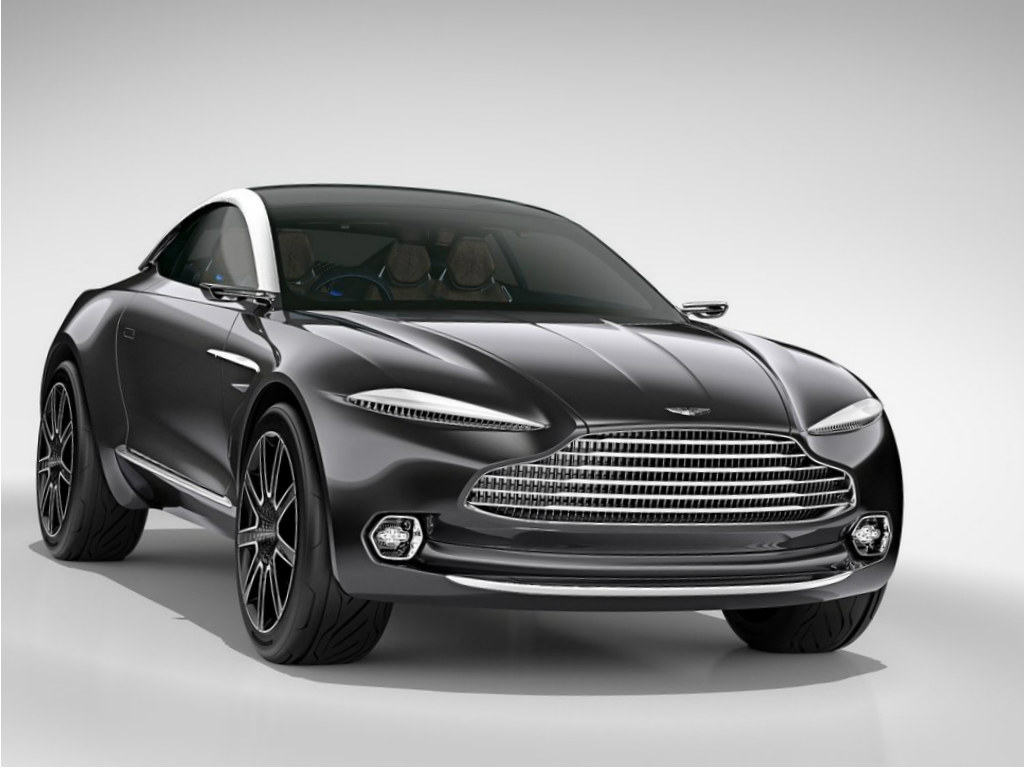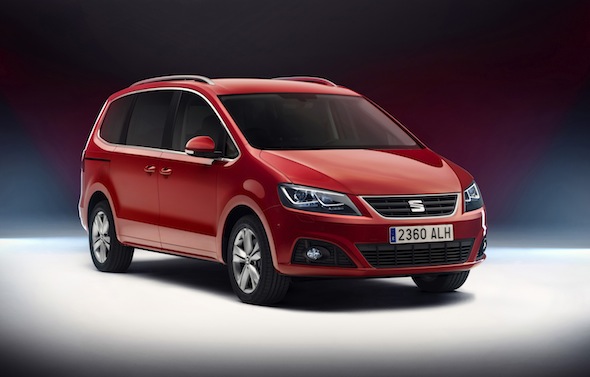The global Takata airbag recall expanded by millions more vehicles for the second time in as many days today, with Honda Motor Co. and Daihatsu calling back more inflators.
The latest recalls affect some 4.89 million vehicles at Honda and about 260,000 at Daihatsu, the mini vehicle subsidiary of Toyota Motor Corp. The safety campaigns came just a day after Toyota and Nissan Motor Co. announced a similar recall of more than 6.5 million cars globally.
The Honda recall doesn’t affect vehicles in the United States or Canada. Vehicles sold in those markets weren’t equipped with the possibly faulty inflators targeted in the latest action.
Honda’s recall covers 1.72 million vehicles in Japan that were manufactured from 2002 to 2008. Those 17 nameplates were made in Japan, Thailand and the United States. The remainder of the recalls falls in other regions. Honda said it will announce the regional breakdowns locally.
Daihatsu’s recall affects cars only in Japan.
Including the latest actions, about 36 million vehicles have been recalled worldwide since 2008 over Takata inflators, according to Reuters estimates. That includes 19.6 million from Honda alone, some 8.2 million of which are in the United States, Honda spokeswoman Yuka Abe said.
Honda and Daihatsu said they aren’t aware of any injuries or deaths linked to the latest recalls.
Carmakers are calling back more cars after investigations showed that certain inflators were susceptible to moisture damage over time and possibly prone to rupture. Honda said it is acting based on the results of a study provide in March by Takata Corp., the Japanese supplier that has produced millions of airbag inflators that may explode, showering occupants with metal shards.
Mazda Motor Corp. said it was investigating whether the current findings warrant a similar recall of its vehicles. A Mitsubishi Motors Corp. spokesman said the company couldn’t comment on whether it plans a recall before officially notifying transportation authorities. A spokesperson for Subaru-maker Fuji Heavy Industries was not immediately available for comment.
That study, conducted independently by Takata, showed that moisture intrusion can cause the inflator’s propellant to lose density over time, raising the risk of rupture, Honda’s Abe said.
Honda said engineers have yet to determine the root cause of the problem.
Honda is acting in May, even though it received the study’s results in March, because it took time to determine how many cars were affected and where those cars were sold, Abe said.
Honda said it will replace the Takata-made driver-side inflators with inflators made by Autoliv and Daicel. Takata inflators on the passenger-side will be swapped for ones from Daicel and Takata. Abe said Honda opted to source from companies that can supply replacement quickly, and did not opt for Takata’s competitors because of concerns about Takata quality.
Daihatsu is replacing the Takata inflators with new inflators from Takata.
Toyota said Wednesday, while announcing its recall of about 5 million vehicles that it would opt for new inflators from Daicel on the driver-side because it could deliver the needed volume more quickly. Toyota will used Takata replacements for the passenger-side.
Toyota’s recall involved 35 models, including 1.36 million cars in Japan, 1.27 million in Europe, 637,000 in the U.S. and 18,000 in Canada, the company said in an email.
U.S. National Highway Traffic Safety Administration spokesman Gordon Trowbridge said Toyota and Nissan as well as Japanese government officials have been in contact with the U.S. safety agency over the last few days, and NHTSA will soon announce "significant new steps" related to accelerating Takata recalls.
Nissan said it was recalling about 1.56 million cars globally over the same issue, adding that no accidents or injuries had been reported. Nissan's recall includes 563,000 cars in Europe, 326,000 in North America, 288,000 in Japan and 274,000 in China.
In the U.S., the Nissan recall affects 12,725 units of the 2004 Pathfinder and about 251,000 Sentra compact cars from the 2004-06 model years from all 50 U.S. states. The company's latest move expands earlier recalls that were limited to regions with high humidity, a Nissan spokesman said.
Nissan will begin notifying customers in June, the spokesman said.
Six fatalities in Honda cars, including five in the U.S. and one in Malaysia, have been blamed on shrapnel from Takata airbags. At least 105 injuries are connected to the flaw, U.S. Senator Bill Nelson said last month.
Regulators in Japan and the U.S. are investigating Takata airbag inflators that may malfunction, deploying them with so much force that the part breaks and hurls metal shrapnel at the car's occupants.
A group of 10 automakers hired aerospace and defense company Orbital ATK to test potentially faulty Takata airbag inflators. The Japanese component maker has also commissioned German research group Fraunhofer Society to investigate the cause of airbag ruptures.
Takata, which has forecast a return to profit this fiscal year, has said it's unable to estimate the penalties from the lawsuits associated with the airbags and hasn't set aside any amount to cover them as the cause of the defect is still being investigated.
Ryan Beene
Hans Greimel









.png)





































